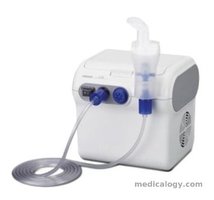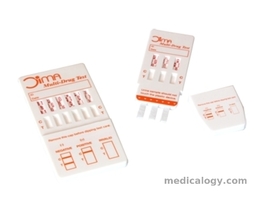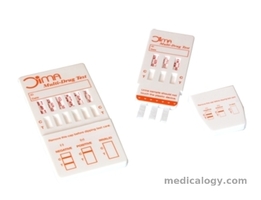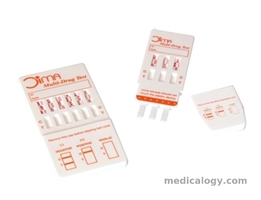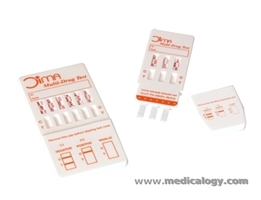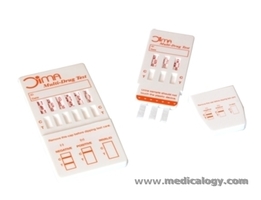- info@medicalogy.com
- 0877 7555 4616
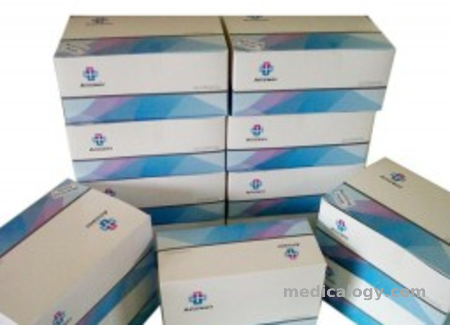
Rapid Test Answer THC (Marijuana) 50 Strip/Box
Dijamin original dan bergaransi
However some laboratory professionals
Harga Rapid Test Answer THC (Marijuana) 50 Strip/Box :
Produk yang dibeli bersamaan:
Deskripsi Rapid Test Answer THC (Marijuana) 50 Strip/Box
Rapid (point-of-care) tests can be conducted away from specialised laboratory facilities and give results in less than 30 minutes. A reactive (positive) result is only preliminary and must be followed-up by confirmatory tests. Substantial differences in the performance of different test kits have been reported. Most rapid tests detect antibodies only, but a test that also looks for p24 antigen was introduced in 2009. Rapid tests are often referred to as point-of-care tests because rather than sending a blood sample to a laboratory, the test can be conducted and the result read in a doctor’s office or a community setting, without specialised laboratory equipment. The sample taken is usually either finger-prick blood or saliva.
For people taking a test, the defining feature is that the result can usually be given within 20 or 30 minutes, which is often more convenient and can mean that many more people actually receive their test results.
However some laboratory professionals have viewed these tests with scepticism, noting inferior performance to fourth-generation tests and raising concerns about how quality control can be maintained away from the lab.
Rapid tests perform poorly in detecting very recent infection. Although a fourth-generation rapid test is now available (Determine HIV-1/2 Ag/Ab Combo) it does not match the performance of fourth-generation laboratory tests.
All HIV tests need to have reactive (positive) results confirmed with confirmatory tests. A particular challenge with rapid tests is how to communicate a reactive result to the client (who may be present while the result is being read) and explain that supplementary tests are needed.
Review Rapid Test Answer THC (Marijuana) 50 Strip/Box
Belum ada ulasan.

